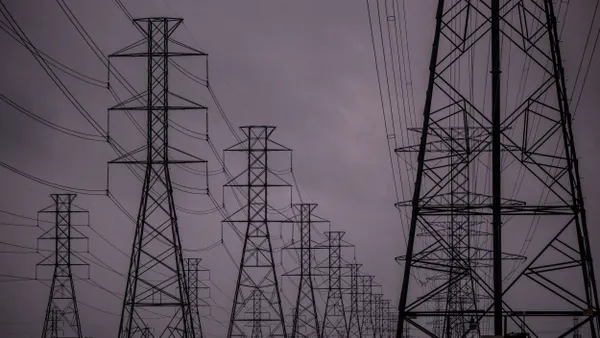This year, the energy and utilities industry is navigating a mix of familiar priorities and new uncertainties. With the shift to a new presidential administration, potential regulatory changes could significantly impact infrastructure investments and decarbonization efforts.
Utility leaders are confronted with a rapidly changing landscape filled with complex challenges. Driven by technological advancements, regulatory shifts and the pressing need to transition to cleaner energy sources, the energy sector is evolving at an unprecedented pace. To effectively navigate this dynamic environment, utility leaders must focus on five key trends reshaping the industry.
Addressing load growth and transmission & distribution system needs
AI-driven demand and data center growth are creating unprecedented load increases, stretching grid capacity and affecting cost and reliability. Utilities must improve operations and resource allocation, partner with regulators and adopt new technologies to develop infrastructure that meets these demands and ensures service quality.
Enhancing safety and reliability
The grid faces increasing reliability challenges from aging infrastructure and the expansion of renewable sources. Utilities are balancing between maintaining safety and reliability, while navigating financial pressures and the need for sustainable practices.
Championing energy affordability
As the energy sector transitions to low carbon, securing funding for grid updates and managing rising costs is critical to keeping energy affordable. Utilities face a delicate balance between public expectations of accessible energy and investment demands, especially given equity concerns.
Integrating AI into utility operations
AI and machine learning offer powerful tools to enhance efficiency, predict system issues and control costs. Integrating these technologies within a sustainable strategy will be essential to optimize the clean energy transition amid capital investment constraints.
Fortifying cybersecurity for resilient infrastructure
With growing cyber risks, utilities must adopt proactive security measures to protect interconnected systems. Addressing vulnerabilities, enhancing security protocols and preparing for geopolitical shifts are critical steps in building a resilient energy infrastructure.
Conclusion
The utility sector is at a pivotal moment, where addressing these five trends will determine the future trajectory of energy systems. By effectively managing load growth, enhancing safety and reliability, championing energy affordability, integrating AI and fortifying cybersecurity, utility leaders can steer their organizations towards a future that meets both current demands and anticipates future needs. Embracing these strategies will not only safeguard the grid but also ensure that utilities remain at the forefront of innovation and sustainability in 2025 and beyond.
For a deeper dive into these trends and strategies, be sure to check out our full report on the trends to gain further insights and guidance.










